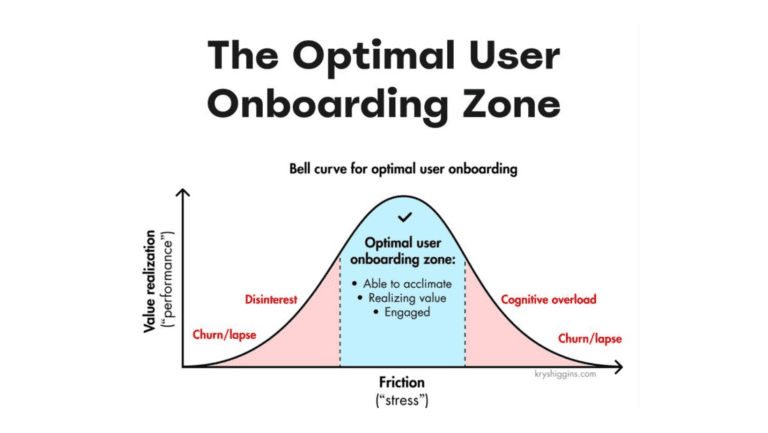This is our second post on the topic of justifying investments in APM technologies, which is still a challenge with IT budgets still tight and APM projects not taken for granted.
In our last post, we looked at how to make the case for how an APM solution will have a positive impact on the business. This time we would like to take a pass at how this impact can be quantified.
Every organization is unique, so the method will need to be fine-tuned to your organization. However, the principles we cover should apply to most if not all organizations.
From our last post, we listed 5 ways an APM solution can positively impact the business:
- Customers can process transactions efficiently
- Customers and prospects will have a better experience engaging with you through all channels
- Sales people can be more efficient
- Customers get a better post-purchase experience
- Organizations dramatically reduce risk and duration of downtime
How much can this cost your organization? Again, it varies from case to case, but some examples relevant to the above cases are as follows. All cases assume that your company has $1 billion in annual revenue.
- Assume that slow systems cause just 1% of your customers to switch to a competitor for a first time sale. The loss of revenue equates to $10M/year.
- Assume that your customers have a normal repeat rate of 25%, which is reduced by just 1% because of your slow systems during the initial sale and the subsequent post-sale support. The loss of revenue equates to $2.5M/year.
- Assume that your sales force spends 25% of their time in their CRM system, and they generate all of the company’s revenue through their sales processes. If their systems were 10% faster, their time available for non-systems tasks would go from 75% to 77.5% of their day, resulting in a revenue increase of $33M/year. So the opportunity cost is $33M/year.
- Finally, assume that once every 3 years, your critical financial system (CRM or ERP) becomes unavailable for 1 hour during the quarter-end period, and 1% of the quarter’s sales cannot be recognized because your systems couldn’t process the sale. This will result in a loss of $2.5M, which may well be recouped in the following quarter, but may cause your company to miss its revenue estimates. Cost: priceless!
You can build a compelling case that APM can help boost revenue and eliminate revenue losses to the tune of over $45M/year, and can avoid a potential damaging stock price incident.
How did you justify your APM investment? What was the impact of APM on your business? Use the comments to share your perspective.
And stay tuned for additional posts on other ways to justify your APM investment.




